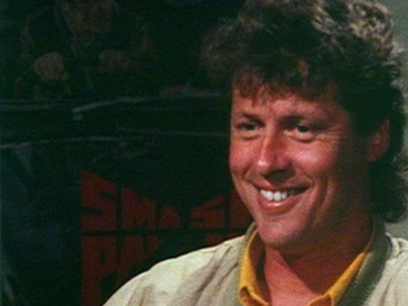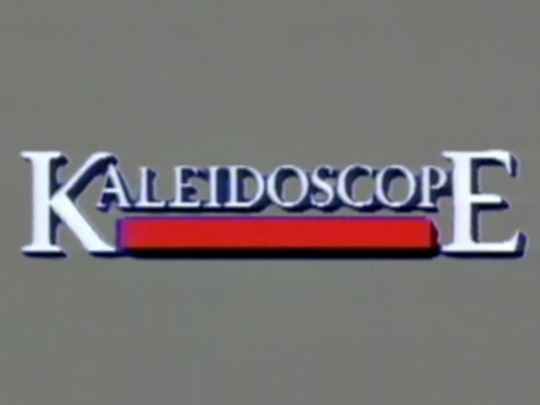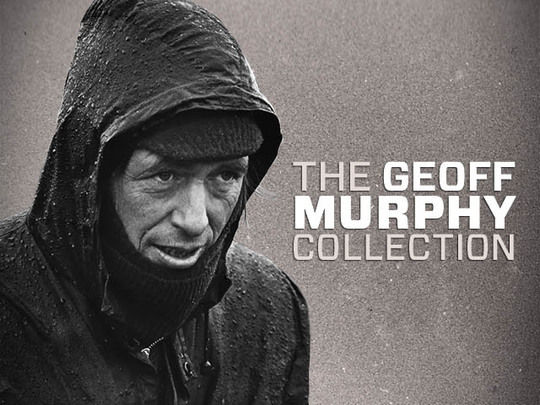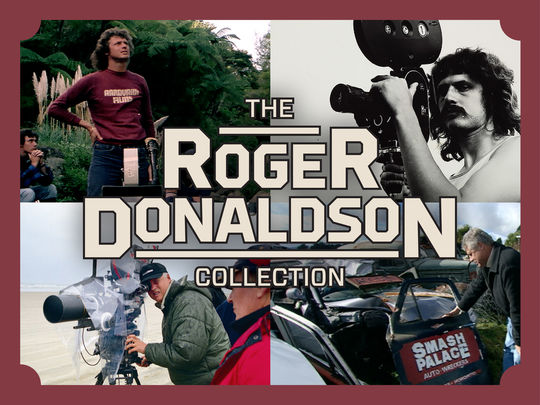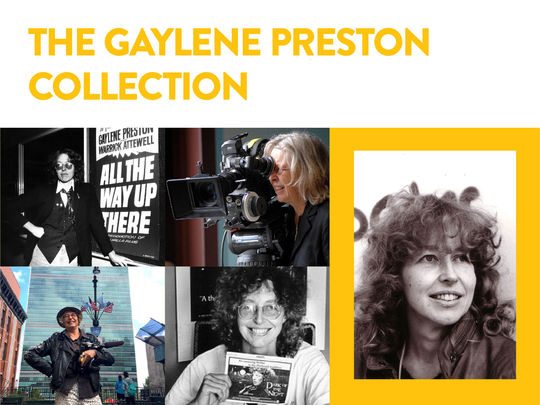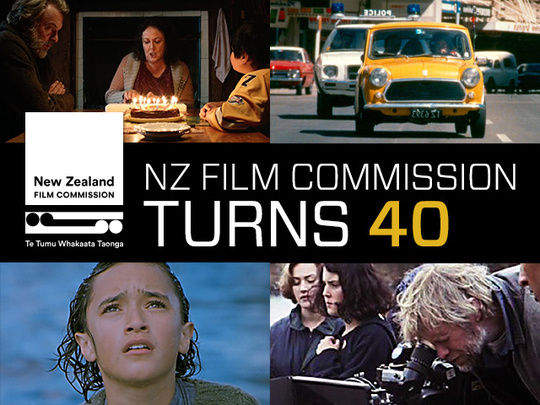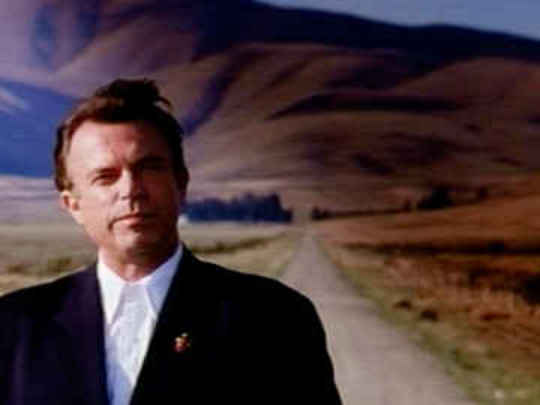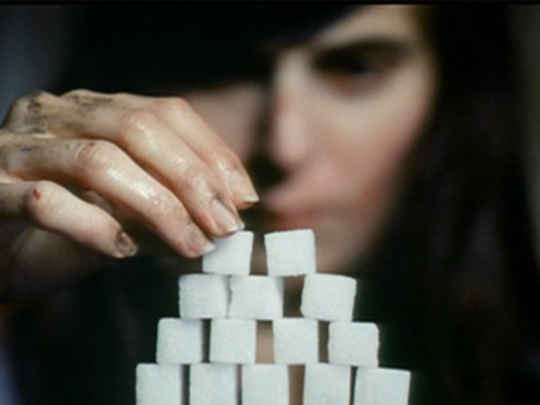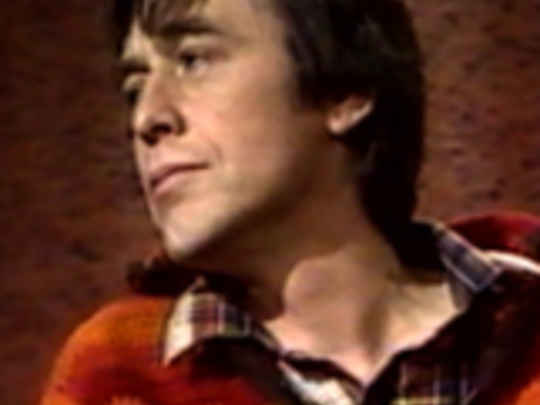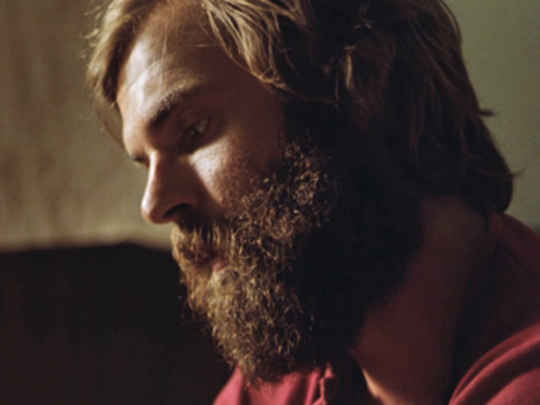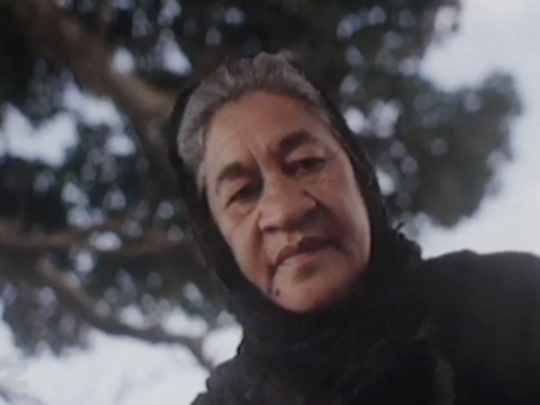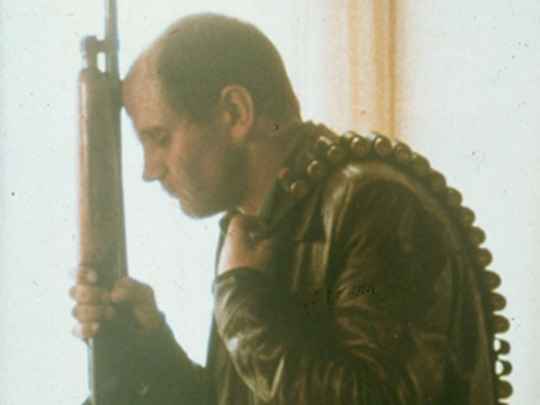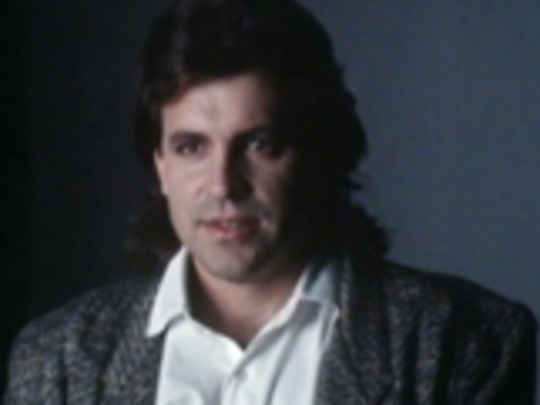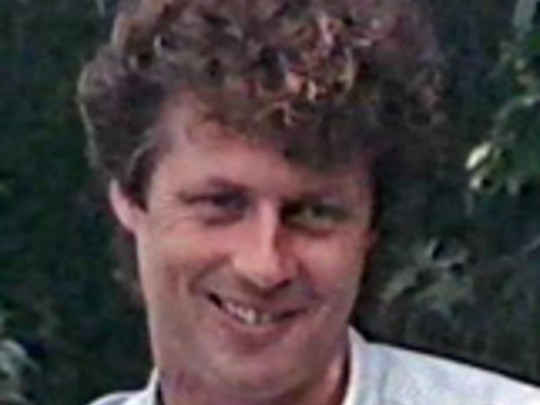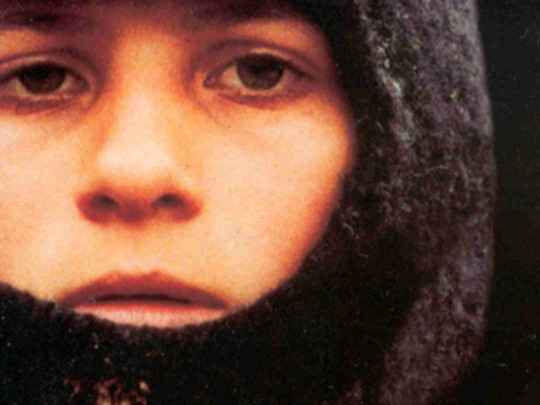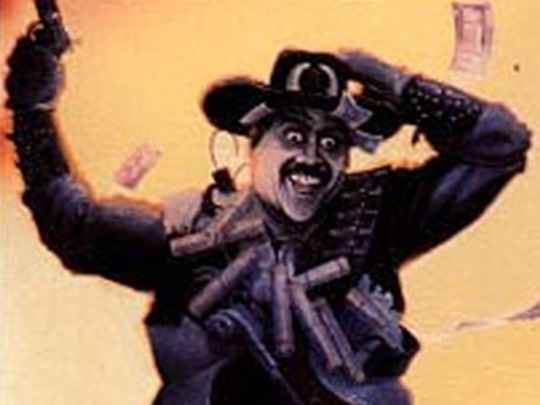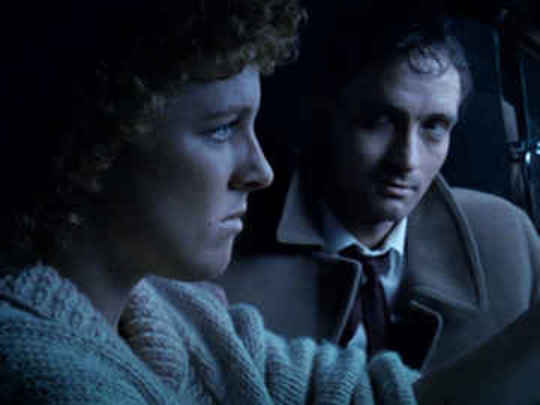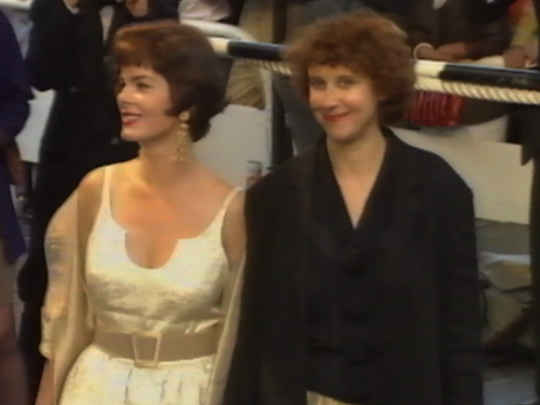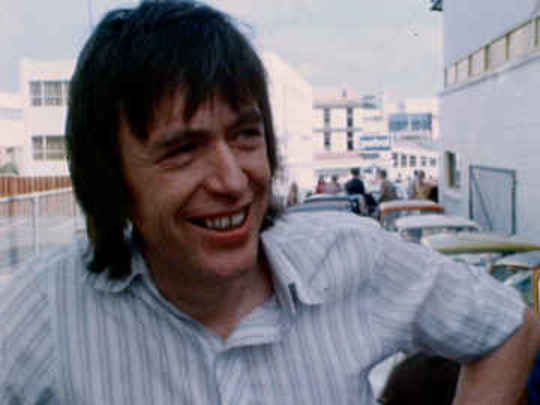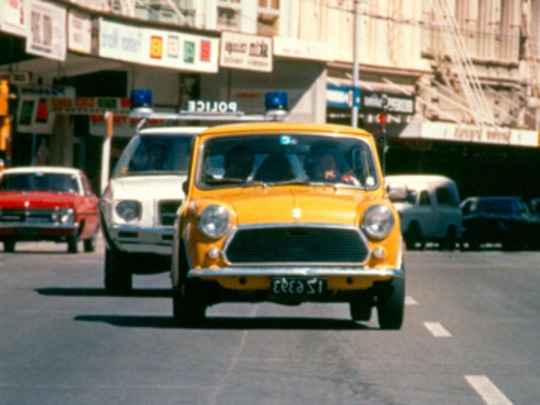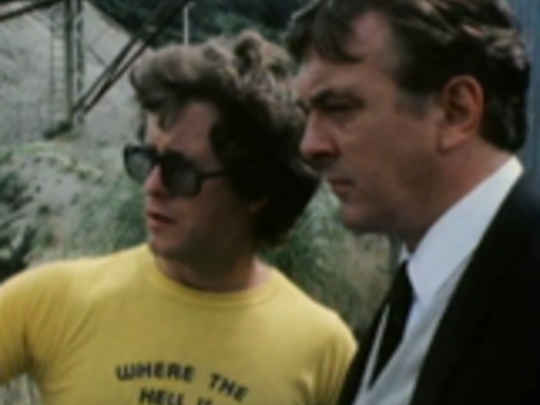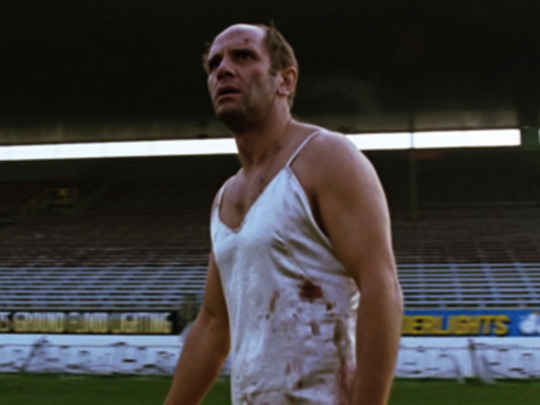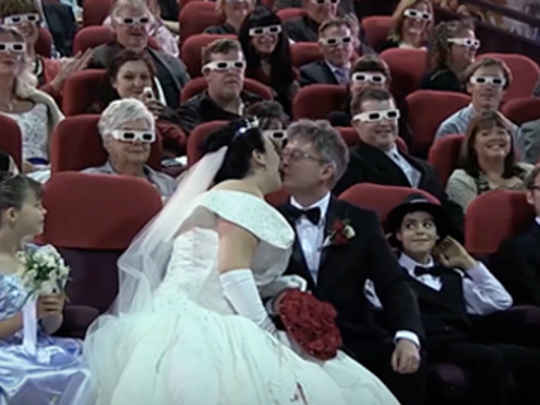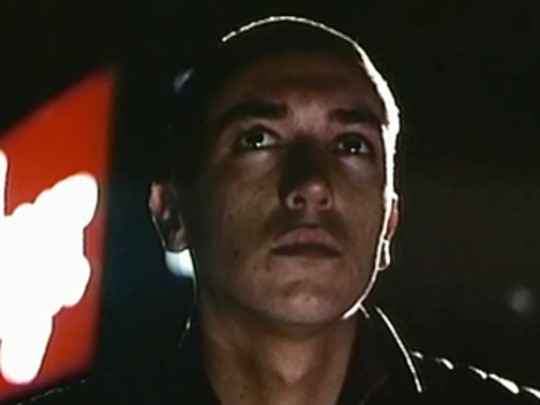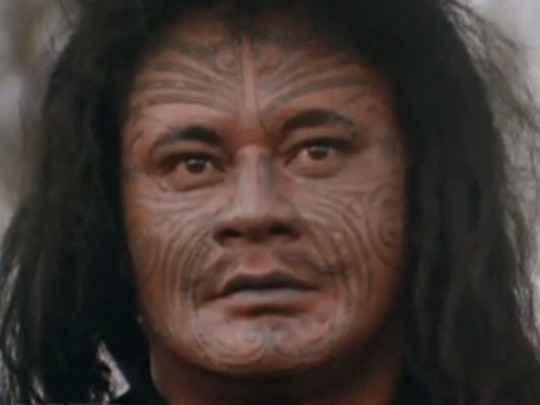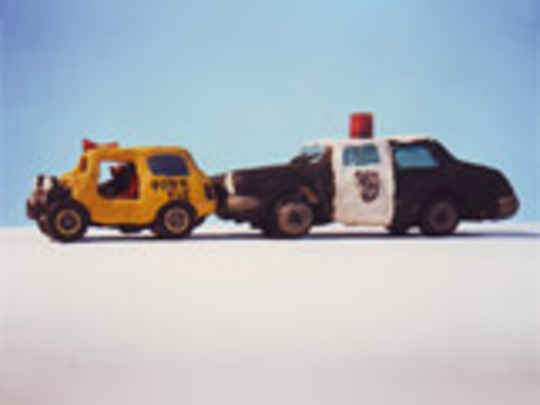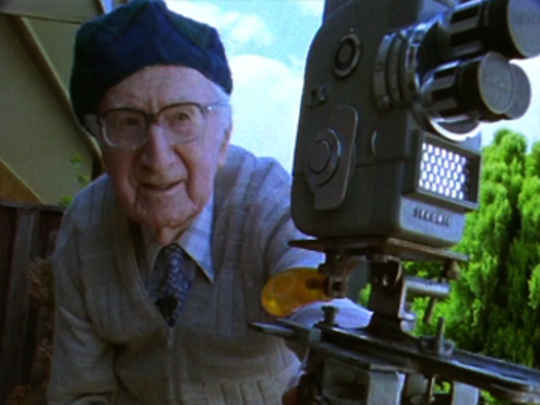There’s a hell of a lot of chooks and policemen in our films.
– Director Gaylene Preston
So far there's been a total domination of a kind of white male, middle-class look at New Zealand. This big screen hasn't been shared with us and so it is significant that we're now able to gain a toehold in filmmaking, in the feature filmmaking industry.
– Director Merata Mita, in an interview conducted on the set of her 1988 film Mauri
Many times more feature-films were made in New Zealand between 1977 and 1986 than had been made in the previous eighty years.
– Author Nicholas Reid, in the introduction to his 1986 book A Decade of New Zealand Films - Sleeping Dogs to Came a Hot Friday
For 60 years we’ve been making films in this country . . . and they have always been Pākehā — totally dominated by Pākehā — representing the Pākehā viewpoint and often using Māori cultural elements to enhance their films. Now in this situation without any Māori films being made, you're really in a position of cultural plunder.
– Director Geoff Murphy, in an interview conducted on the set of Merata Mita's film Mauri
Filmmaking anywhere is a precarious business . . . But the perils are multiplied in a small country, with a limited indigenous market, in which no indigenous feature can hope to recoup its costs.
– Author Nicholas Reid, on page 12 of his 1986 book A Decade of New Zealand Films - Sleeping Dogs to Came a Hot Friday
Of the 23 directors responsible for the last decade of New Zealand films, only three are women.
– Reporter Alison Parr on the lack of women directors on New Zealand feature films, from 1977 to 1987
I personally never consciously made my films like anybody. When I was living here, It was like I was living at the centre of the earth. As far as I was concerned, New Zealand was everything to me, and this is where I was focused.
– Australian-born director Roger Donaldson, near the end of clip one
Sleeping Dogs, Skin Deep, Middle Age Spread, Smash Palace, The Scarecrow, Pictures, Utu, War Years, Patu!, Trial Run, Vigil, Came a Hot Friday.
– The 12 films chosen by Nicholas Reid for his book A Decade of New Zealand Films - Sleeping Dogs to Came a Hot Friday (John McIndoe, 1986)
The films we're making today are much glossier and much classier than Pork Pie is, but of course what Pork Pie had was the most enormous energy. And I think that together with the fact that New Zealanders really wanted to see something of themselves and have a good laugh, and lose themselves in the picture . . . it arrived at the right time.
– Director Geoff Murphy on his 1981 hit Goodbye Pork Pie, in clip two
Film is the cultural art form of the 20th century, and it does something that literature, painting and dance don’t do, in that it reaches a mass audience. And in that sense, it is the mirror of the way that we live, and it's the mirror that the whole country can see, and reflect upon.
– Producer John Barnett, early in this documentary
I tend to work in a slightly idiosyncratic way. I had ain image in mind which kept bothering me, and so eventually I thought I'd better make a film out of it, and find out what it was all about.
– Director Vincent Ward on his first feature Vigil, at the start of clip two
I don’t think that in 20 years time we’ll be any closer to defining what is a New Zealand film than we are now. In the end there are only good and bad filmmakers.
– Author Nicholas Reid
I think he, more than any other New Zealand filmmaker, works through images . . . his images of landscape tend not just to show the thing itself, but tend to turn that landscape into something more than itself; into an extension of personality, in an almost expressionistic style. If you remember the opening scenes in Vigil . . . those trees are almost like deformed hands clutching at her. The landscape has taken on a personality.
– Author Nicholas Reid on director Vincent Ward, early in the second clip
...New Zealand films so far have come close to perpetuating a dated image of New Zealanders as a sturdy race of laconic country-people. Oddly enough, only a minority of indigenous features have had period settings . . . The only two New Zealand films to deal at length with the modern-day suburbs — home of most New Zealanders — have been the disjointed fantasia Angel Mine and the social comedy Middle Age Spread.
– Author Nicholas Reid, in the introduction to his 1986 book A Decade of New Zealand Films - Sleeping Dogs to Came a Hot Friday
It's really nice to hear people speaking with our own accents . ,. it's just he way we look, it's the way we walk even, and the way we relate to the land.
– Producer Don Reynolds on capturing New Zealanders on screen
I think that there has been an overriding maleness in our New Zealand feature films. I don't think that's surprising, because a whole lot of males have made them. And I don't think sitting in corners whinging about it if you happen to be a feminist woman is quite good enough either.
– Director Gaylene Preston, in clip two
Language is a difficulty in New Zealand film for the very reason that sparkling dialogue is something that we are not habitually good at. As I said, we don't turn well-honed witticisms and bon mots and aphorisms, and what have you. We are a rather dry, laconic, lip lazy, twangy type of a people, and therefore if you're going to write dialogue for a New Zealand film that sounds authentically New Zealand . .. it's going to be rather understated.
– Author Nicholas Reid, in clip one
